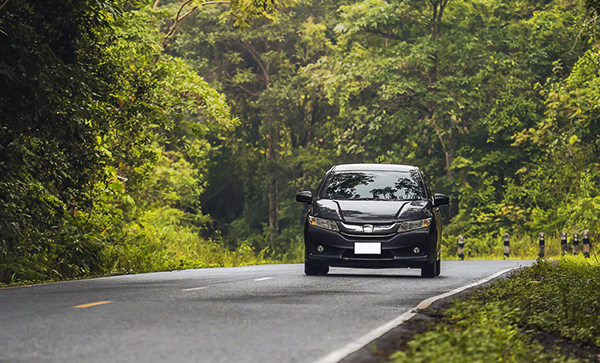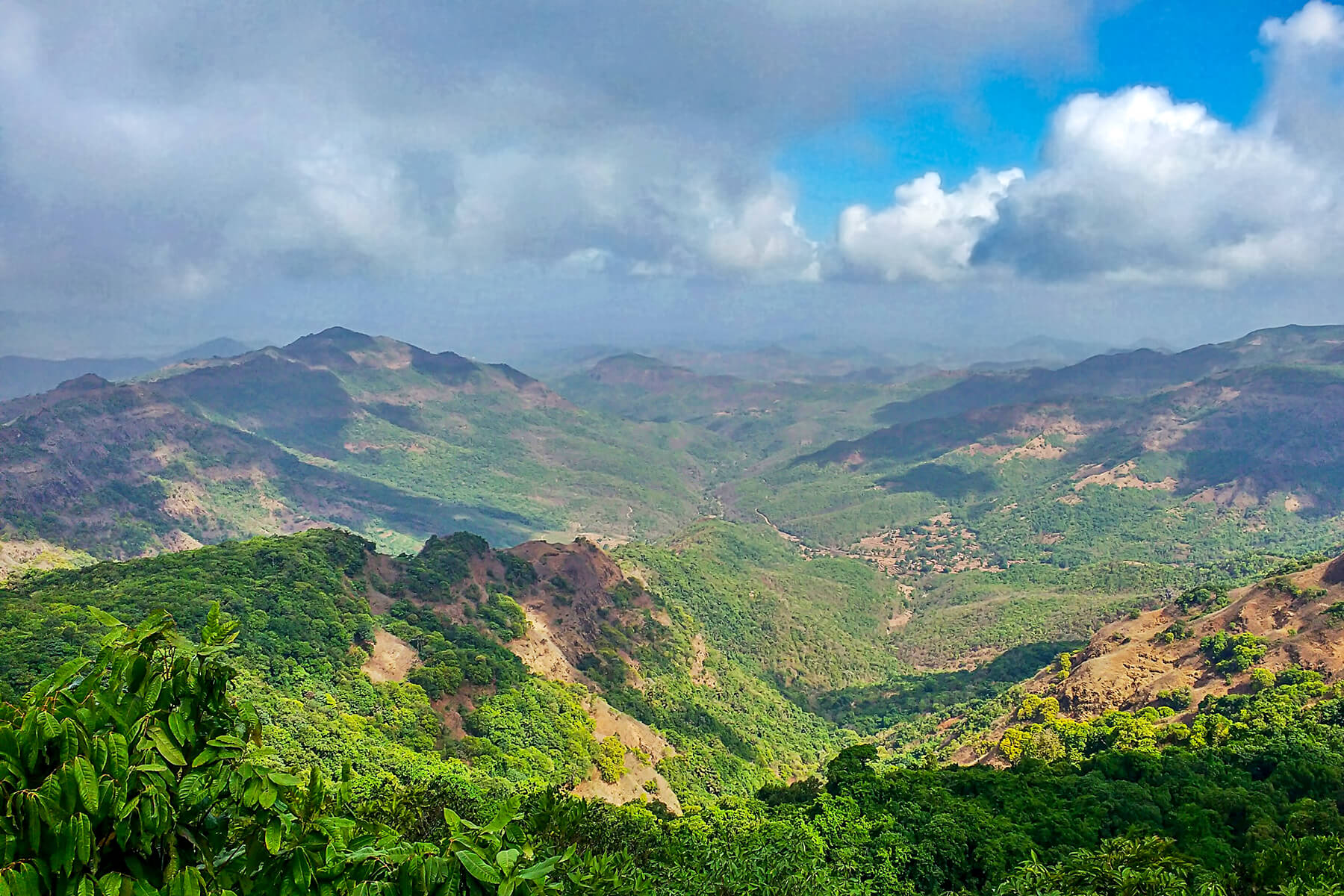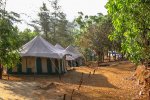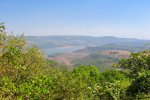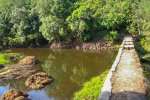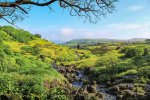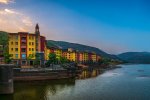- 314 Kms
4.5 / 5
- Reviews (0)
Location: In Kolhapur District
Dajipur Wildlife Sanctuary is a world heritage site, often called as ‘Bison Sanctuary’ owing to its large population of Indian Bison.
Info
Dajipur is situated on the border of Kolhapur and Sindhudurg districts. Rugged mountains and dense forests engulf this hilly area. This place is quiet and is completely cut-off from human blare. Dajipur is home to bison, wild deer, chital, gawa and many more spectacular wild animals and birds.
Dajipur Wildlife Sanctuary is a wildlife sanctuary located in Kolhapur district in Maharashtra. It lies at the southern end of the Sahyadri hills in the Western Ghats. It is popularly known as the “Bison Sanctuary”.
Dajipur Wildlife Sanctuary (19.61 sq.km.) was declared in 1958. In 1985 the State Government expanded the sanctuary by declaring additional areas of forest in the catchment basins of the two major reservoirs: Kalammawadi Reservoir (a.k.a. Rajarshi Shahu Sagar Reservoir) and Radhanagari Dam & Reservoir (a.k.a. Laxmi Sagar Reservoir) as Radhanagari wildlife sanctuary.
The tributaries of River Krishna namely Bhogavati , Dudhganga , Tulshi , Kallamma and Dirba flow through the sanctuary area. State Highway 116passes through the centre of the sanctuary
Radhanagari Wildlife Sanctuary contains tropical evergreen forests which are typical of the northern Western Ghats. There are 425 species of plants recorded in the sanctuary. Many sacred groves or devrais have been protected by the efforts of the local communities.
The Sanctuary contains 47 species of Mammals, 59 species of reptiles, 264 species of birds and 66 species of butterflies. Amphibians are most visible in the rainy season. 20 species from 2 orders, 5 families and 10 genera are listed in the sanctuary.
Indian Bison or gaur (Bos gaurus) with a population around 610 in 2004, is the flagship species found in this area. Other mammals, living in the sanctuary are Indian Leopard, Sloth Bear, Wild Boar, Barking Deer, Mouse Deer, Sambar, Giant Squirrel and Wild Dogs. There are reports of spotting tigers as well. Birds seen here
This sanctuary is home to the rare and globally threatened Nilgiri wood-pigeon (Columba elphinstonii. This sanctuary is also a favourite nesting place for the speckled piculet, Malabar crested lark, and some species of Himalayan birds such as the Indian blue robin during the winter months.
Threatened species of reptiles and amphibians seen in this sanctuary include: Malabar pit viper, Deccan ground gecko, Gunther’s cat skink, Beddome’s lacerta, Bombay bush frog and Humayun’s wrinkled frog.
Facilities
- For accommodations, there is a forest rest house, dak bungalow and a dormitory managed by the Deputy Conservator of Forests.
Things to do
- Ponda ghats is at a walking distance from Dajipur. It offers a magnificent view of the valleys, hills and the plains extending upto konkan. The SH 116 passing though Ponda ghats meets the NH 17 at Kankavli, making Dajipur a great stop over one the way to southern Konkan beaches like Malvan and Vengurla and also Goa.
- Gagangiri Maharaj Math– located at about 50 Kms from Dajipur atop the Karul ghat near Gaganbawda. It offers its visitors a tranquil environment and is definitely worth a visit. The math is dedicated to Hindu teachings, yoga and meditation practices. There are number of visitors all through the year. International tourists also visit the math to learn Hinduism and yoga.
- Panhala is a small town with a rustic charm. Panhala is a place where you can just laze around taking morning walks and enjoying the fresh mountain air, and the beautiful sunset. Panhala is 80 Kms from Dajipur.
- Radhanagari Dam is a century old dam built by Shahu Maharaj across the Bhogawati River. It is primarily a hydro-electric power station but is also used for irrigation purposes. It is a famous tourist spot. The dam is placed in a scenic locale with a dense forest cover. Radhanagari is popular with birdwatchers.
- Jyotiba temple lies on an offshoot of Kolhapur-Panhala road. The temple complex is very beautiful. It resembles the ‘gopuram’ style of architecture. The legend is that Jyotiba is an incarnation of the gods Brahma Vishnu and Mahesh and Jamadagni.
- Sagareshwar Wildlife Sanctuary has been a place of pilgrimage for years. It has religious, cultural and archaeological significance. The name is derived from a famous ancient Shiva temple. The temple, situated inside the sanctuary is actually one large temple complex of 51 small temples, all from the Satavahana dynasty, dated between 230 BC asnd 220 CE.
- Kamal Bhairao or Kal Bhairao is another temple located on the edge of a steep cliff. The entrance is through a narrow tunnel. The temple is partially hewn out of hard basalt rock. Both these temples deserve additional archaeological survey.
Photos + Add a photo
Map
Rent a Car
